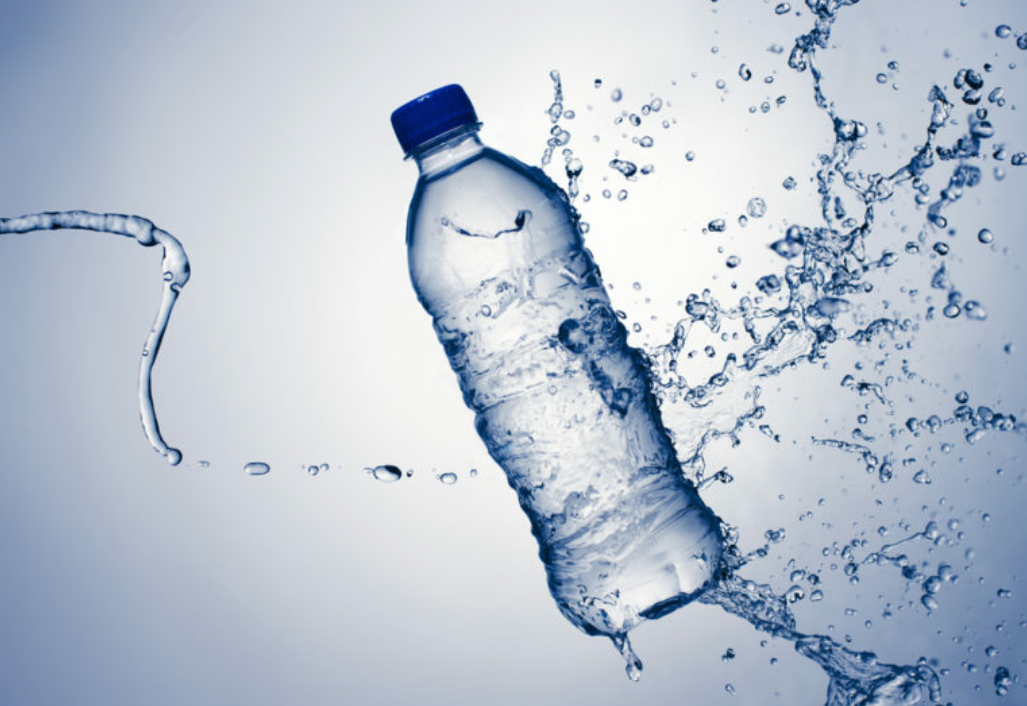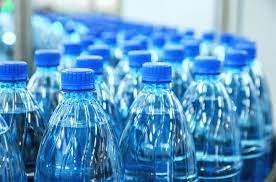
The bottled water industry in the United States has seen massive growth over the past few decades. Americans are drinking more bottled water than ever before as concerns about tap water quality and convenience continue to drive demand. Let's take a closer look at this multi-billion dollar industry and examine some of the key factors influencing its rise.
Consumer Trends Point to More Bottled Water Consumption
Americans have steadily increased their consumption of bottled water since the 1990s. Per capita bottled water consumption has more than tripled since the early 1990s, rising from around 20 gallons annually to over 40 gallons in recent years. Health and wellness trends have contributed to this growth as many consumers perceive bottled water as a more pure and safe option compared to tap. Younger generations in particular favor bottled water and see it as a more convenient on-the-go hydration solution. The Covid-19 pandemic further accelerated bottled water sales as people sought packaged beverages perceived as more hygienic than drinking directly from water fountains or public taps. Industry analysts expect demand to remain robust given these favorable demographic and behavioral trends.
Marketing and Distribution Drive Awareness and Accessibility
The bottled water industry has effectively marketed its products to capture additional market share. Major brands spend heavily on promotions portraying bottled water as a premium wellness product. Their large marketing budgets allow national advertising campaigns and sponsorship of high-profile events. Extensive distribution networks also make bottled water widely accessible in grocery stores, convenience stores, restaurants and other public venues. Its availability in single serving sizes appeals to a population with busy lifestyles. Strong branding and omnipresent shelves spots reinforce the notion of bottled water as a smarter hydration alternative. This sophisticated marketing and distribution machinery plays a big role fueling the industry's continued gains.
Concerns about Tap Water Quality Boost Demand
While most U.S. Bottled Water meets federal health standards, bottled water companies effectively leverage any doubts about municipal systems' purity to their advantage. Perceptions of declining tap water quality contribute to the desirability of bottled alternatives as a safer option. Contaminant scares, such as lead found in Flint, Michigan's water supply, heighten unease and increase bottled water's attractiveness. Reports of disinfection byproducts and unregulated chemicals present in some city water supplies keep quality concerns top of mind for consumers. Many opt for bottled water for its image as a pure and well-regulated drink, even if tap water undergoes stringent treatment processes. This apprehension regarding tap water quality and consistency will likely continue propping up bottled water demand.
Cost and Environmental Impact Prompt Some Backlash
While the bottled water business is lucrative, it also attracts criticism on economic and environmental fronts. Bottled water costs up to 1000 times more than tap, burdening household budgets. The industry relies heavily on non-renewable plastic bottles adding to landfill waste. Transporting and storing heavy bottles inefficiently consumes fossil fuels. Leaching chemicals from plastic bottle residues enter water supplies as containers break down. Advocates argue portable reusable containers provide cleaner hydration at lower financial and ecological costs. Some municipalities have instituted plastic bottle bans and promoted public drinking fountains to mitigate these sustainability issues. However, behavioral shifts will take widespread education to significantly curb bottled water dependency.
Outlook Remains Bright Thanks to Convenience Culture
Nonetheless, bottled water companies will likely maintain their dominant position for years to come. Rising incomes especially in developing nations create new customer bases. The industry continues innovating packaging like aluminum cans appealing to health-conscious youth. Demographic realities like urbanization concentrating populations away from centralized water networks maintain bottled water's practicality. Its image as a premium beverage remains intact despite sustainability arguments. As long as fast-paced modern lifestyles prioritize grabbing drinks on-the-go, bottled water manufacturers are well poised to profit from America’s insatiable thirst. While responsible production and consumption efforts can trim its environmental footprint, this liquid gold industry shows no signs of drying up anytime soon.
In conclusion, this article provided an overview of the major factors influencing the bottled water industry's exponential growth in the United States over the past few decades. Rising concerns about municipal water quality alongside effective marketing of bottled water as a healthier option have fueled increased consumption trends. Strong branding and ubiquitous distribution have cemented bottled water's market dominance nationwide. While sustainability criticisms linger, changing consumer habits and thriving convenience culture ensure the industry remains a multi-billion dollar business for the foreseeable future. With continued innovation and adaptations to health and environmental priorities, bottled water manufacturers are well-positioned to quench America's thirst.
Get More Information Here: https://www.pressreleasebulletin.com/the-purity-and-prestige-of-u-s-bottled-water-selections/
Explore Related Topics, Please Visit: https://captionssky.com/pistachio-the-wonder-nut-for-strong-global-growth/



























